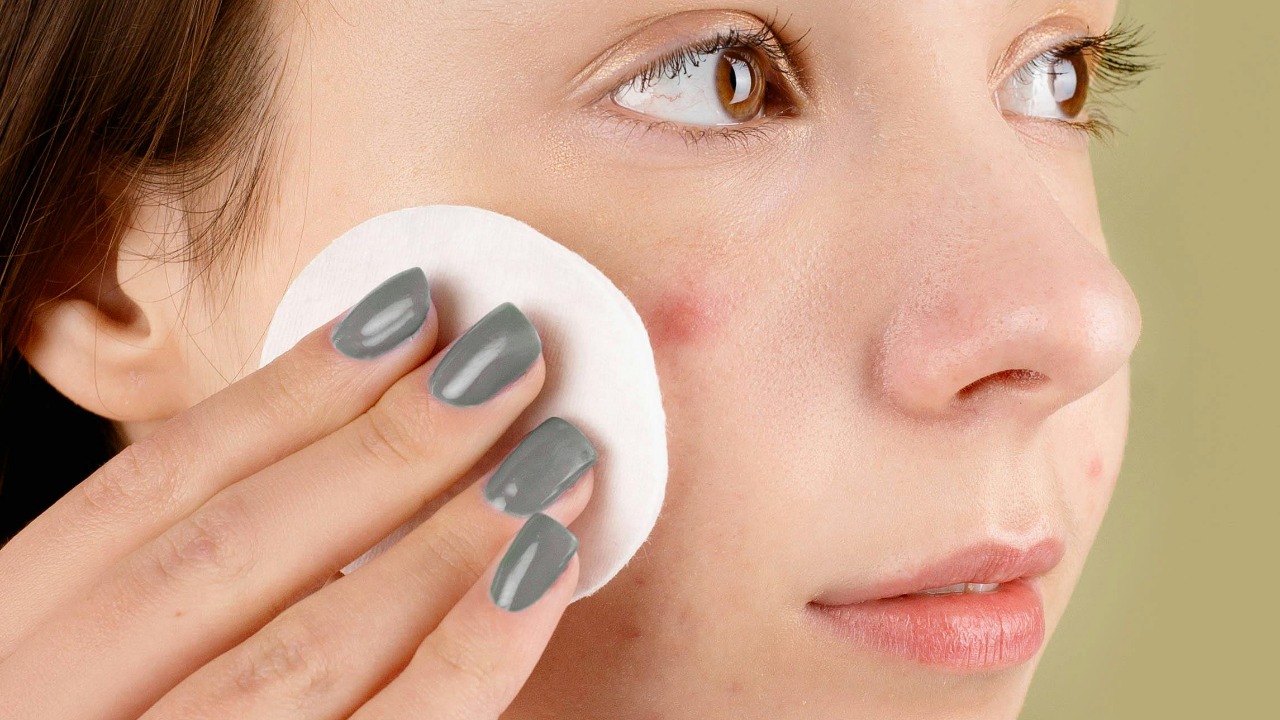
When it comes to facial skincare, there’s a zone that demands extra caution: the “triangle of death.” This area, extending from the bridge of the nose to the corners of the mouth, is a potential danger zone where popping a pimple could lead to severe, even fatal, complications. Recent reports have highlighted the risks associated with this seemingly innocuous act, emphasizing the need for awareness and prevention.
What Is the Triangle of Death?
The “triangle of death” is a term used to describe a specific area on the face that spans from the bridge of the nose down to the corners of the mouth. This area is particularly sensitive due to the network of veins that drain into deeper facial structures. The nickname, as ominous as it sounds, is not an exaggeration. It’s a warning about the potential dangers that can arise from seemingly harmless actions like popping a pimple, as highlighted by the Times of India.
One common misconception is that all facial pimples carry the same risk. However, the danger is significantly heightened within this specific zone due to its unique anatomical structure. Understanding this can help prevent unnecessary risks and potential health complications.
The Anatomy of the Risk
The facial vein network is complex, and in the triangle of death, the angular and ophthalmic veins connect directly to the cavernous sinus. These veins lack valves that would otherwise prevent the backward flow of bacteria, making this area particularly vulnerable. The proximity to the brain is another factor that increases the risk, as infections can spread rapidly, leading to conditions such as thrombosis or abscesses, as detailed by Allure.
Another factor to consider is the role of skin bacteria, particularly Staphylococcus, which thrive in pimples. When a pimple is popped, these bacteria can enter the bloodstream, potentially leading to serious health complications.
Why Popping Pimples There Is Dangerous
The immediate risk of popping a pimple in the triangle of death is the potential for localized infection. If bacteria migrate via the veins, this can escalate to sepsis, a life-threatening condition. More severe outcomes can include vision loss, meningitis, or even death due to cavernous sinus involvement, as explained by Health.com.
While some may dismiss these risks due to their perceived low probability, it’s important to note that even minor trauma can lead to complications, particularly in individuals with weakened immunity or underlying skin conditions.
Real-World Examples and Warnings
There have been historical and recent case reports of severe infections resulting from pimple extraction in the triangle of death. Symptoms such as swelling and headaches have led to hospitalization, highlighting the seriousness of this issue. Dermatologists featured in NDTV stress that the risk, while rare, is not exaggerated.
Factors such as weakened immunity or underlying skin conditions can increase susceptibility to these complications, making it even more crucial for these individuals to avoid popping pimples in this area.
Safe Ways to Treat Pimples in the Triangle
Instead of popping pimples, consider over-the-counter options like benzoyl peroxide or salicylic acid to reduce inflammation. Professional treatments, including dermatologist extractions or prescription topicals, are also recommended, as advised by National Geographic.
Hands-off approaches, such as applying warm compresses, can also help manage pimples without the risk of manual interference. The key is to treat the pimple without causing trauma that could potentially introduce bacteria into the bloodstream.
Prevention Strategies for Facial Acne
Preventing pimples from forming in the first place is the best way to avoid these risks. Daily skincare routines that include gentle cleansing and the use of non-comedogenic products can help keep your skin clear. Lifestyle factors, such as maintaining a healthy diet and practicing good hygiene, can also minimize breakouts, as suggested by the Times of India.
It’s also important to avoid common habits that can exacerbate acne, such as touching the face frequently or using unsterilized tools. These actions can introduce more bacteria to the skin, increasing the likelihood of pimples forming.
When to Seek Medical Help
If you notice signs of infection in the triangle of death, such as persistent redness, fever, or eye pain, it’s crucial to seek medical help immediately. Diagnostic steps may include imaging or blood tests to determine if the infection has spread, as covered in Allure.
Early intervention is key to preventing escalation to brain-related emergencies. By understanding the risks associated with the triangle of death and taking appropriate precautions, you can maintain your skin health without putting your life in danger.
More from MorningOverview